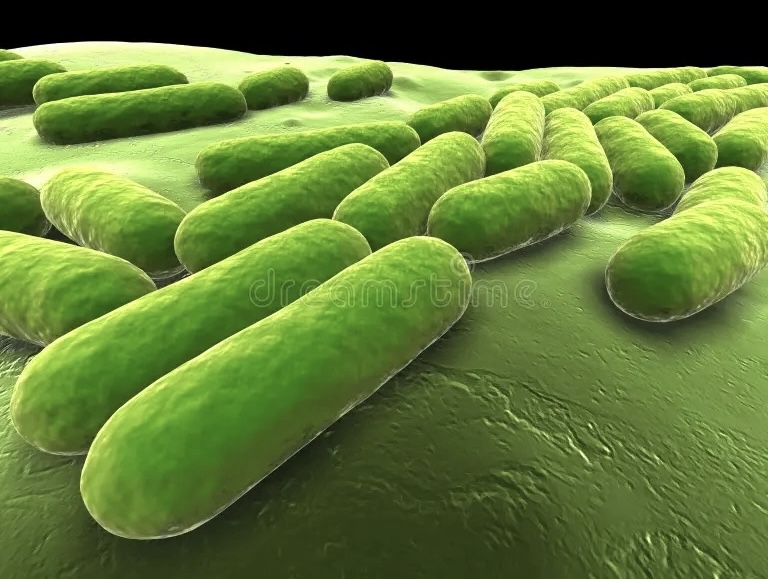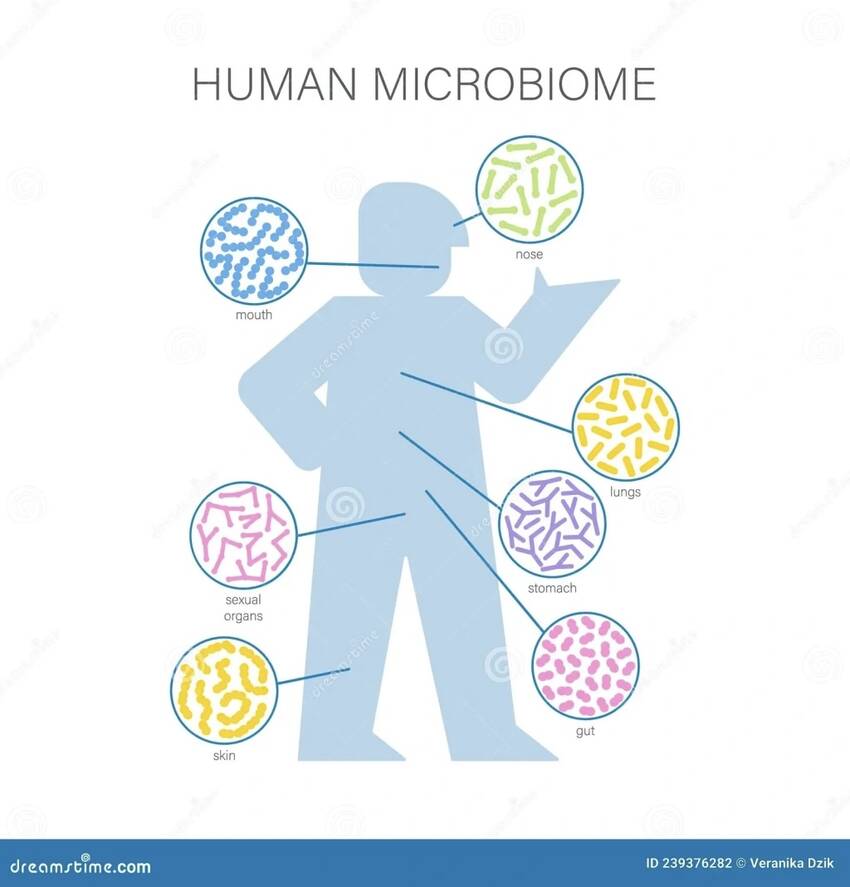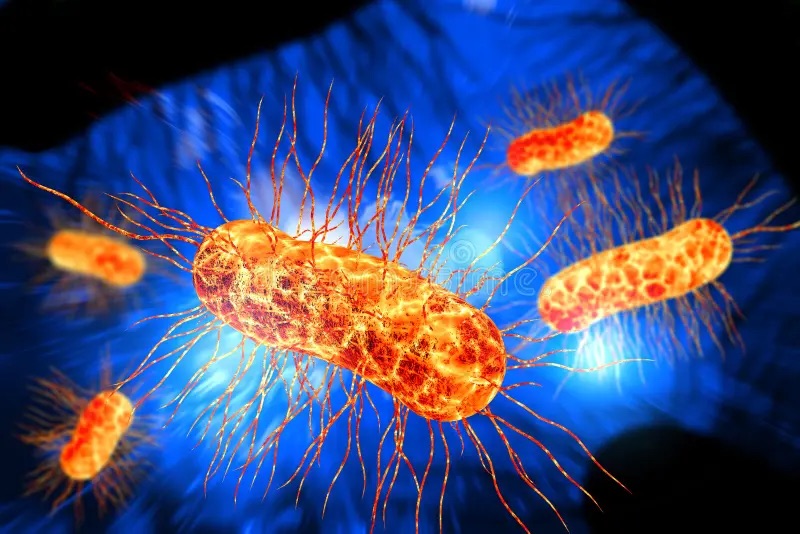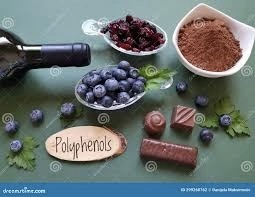gut microbe series 09: Roseburia
Aug
9
Roseburia is a genus of butyrate-producing, Gram-positive anaerobic bacteria that inhabit the human colon, according to Wikipedia. It adds that increased abundance of Roseburia is associated with weight loss and reduced glucose intolerance. These bacteria are particularly notable for their role in maintaining gut health and contributing to the metabolism of dietary fibers.
Here are some key points about Roseburia:
1. Taxonomy and Characteristics:
Roseburia belongs to the family Lachnospiraceae within the phylum Firmicutes.
These bacteria are rod-shaped and motile due to the presence of flagella.
They are obligate anaerobes, meaning they thrive in environments devoid of oxygen.
These bacteria are rod-shaped and motile due to the presence of flagella.
They are obligate anaerobes, meaning they thrive in environments devoid of oxygen.
2. Role in the Gut Microbiome:
Roseburia species are known for their ability to produce butyrate, a short-chain fatty acid (SCFA) that is vital for colon health.
Butyrate serves as an energy source for colonocytes (cells lining the colon), helps regulate the immune response, and has anti-inflammatory properties.
The presence of Roseburia in the gut is associated with various health benefits, including improved gut barrier function and protection against pathogens.
3. Health Implications:
Reduced levels of Roseburia have been linked to several health conditions, such as inflammatory bowel disease (IBD), irritable bowel syndrome (IBS), obesity, and type 2 diabetes.
Increasing Roseburia populations in the gut through dietary interventions (like increased fiber intake) or probiotics may help alleviate some of these conditions.
Increasing Roseburia populations in the gut through dietary interventions (like increased fiber intake) or probiotics may help alleviate some of these conditions.
4. Dietary Influence:
Diets high in fiber, particularly from sources like whole grains, fruits, and vegetables, promote the growth of Roseburia.
Prebiotics, which are non-digestible food components that beneficially affect the host by stimulating the growth and/or activity of beneficial bacteria, can also support the growth of Roseburia.
Understanding and maintaining a healthy level of Roseburia in the gut microbiota is an important aspect of promoting overall digestive health and preventing various metabolic and inflammatory diseases.
(sources: Wikipedia and ChaGPT)









